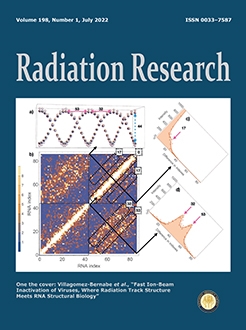Here we show an interplay between the structures present in ionization tracks and nucleocapsid RNA structural biology, using fast ion-beam inactivation of the severe acute respiratory syndrome coronavirus (SARS-CoV) virion as an example. This interplay could be a key factor in predicting dose-inactivation curves for high-energy ion-beam inactivation of virions. We also investigate the adaptation of well-established cross-section data derived from radiation interactions with water to the interactions involving the components of a virion, going beyond the density-scaling approximation developed previously. We conclude that solving one of the grand challenges of structural biology — the determination of RNA tertiary/quaternary structure — is linked to predicting ion-beam inactivation of viruses and that the two problems can be mutually informative. Indeed, our simulations show that fast ion beams have a key role to play in elucidating RNA tertiary/quaternary structure.
How to translate text using browser tools
18 April 2022
Fast Ion-Beam Inactivation of Viruses, Where Radiation Track Structure Meets RNA Structural Biology
B. Villagomez-Bernabe,
S. W. Chan,
J. A. Coulter,
A. M. Roseman,
F. J. Currell





